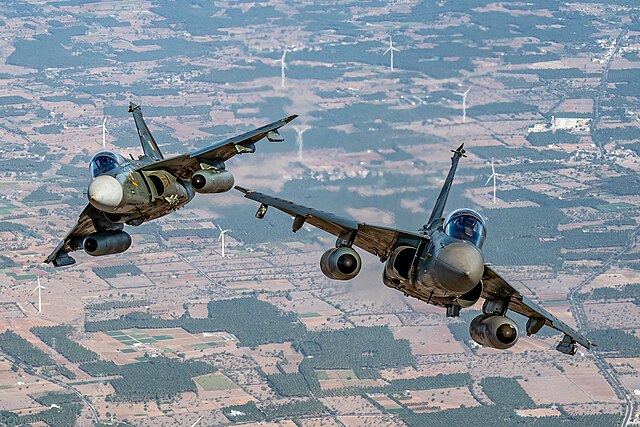Defence Acquisition Procedure (DAP) in India: How India Acquires its Military Arsenal
1. What is the Defence Acquisition Procedure?
DAP is the official framework for defence procurement in India. Its objectives include ensuring efficiency, encouraging domestic manufacturing, reducing dependence on imports, and enabling timely induction of modern weapons and systems. Introduced to replace the Defence Procurement Procedure (DPP), DAP evolves with each update to incorporate lessons learned and new technologies.
2. Categories of Defence Acquisition
DAP divides procurement into multiple categories based on origin and manufacturing:
- Buy (Indian) – Fully sourced from Indian manufacturers.
- Buy & Make (Indian) – Imported technology manufactured locally, e.g., Tejas Mk2.
- Buy (Global) – Fully imported systems.
- Buy & Make (Global) – Foreign systems with partial local manufacturing.
- Transfer of Technology (ToT) – Foreign tech transferred to Indian firms.
- Design & Development – Indigenous R&D by DRDO, HAL, or private firms.
3. Stages of the Acquisition Process
The DAP process follows eight stages to ensure accountability and operational readiness:
- Requirement Definition: Services define operational needs through GSQRs.
- Acceptance of Necessity (AoN): MoD approves the financial and strategic justification.
- Request for Proposal (RFP): Suppliers submit technical and commercial bids.
- Evaluation of Offers: Includes field trials, lab testing, and cost analysis.
- Contract Negotiation: Finalizing delivery schedules, warranties, and offsets.
- Project Execution: Manufacturing and delivery as per contract.
- Acceptance Trials: Testing by armed forces to ensure compliance.
- Induction into Service: Equipment officially joins Army, Navy, or Air Force.
4. Why DAP Matters for India’s Defence
DAP is crucial for ensuring strategic autonomy, timely modernization, industrial growth, and operational readiness. Projects like AMCA Engine Development and INS Vikrant demonstrate its impact on cutting-edge capabilities.
5. Key Reforms in Recent Years
- DAP 2020 & 2023: Emphasized Buy Indian and Buy & Make Indian categories.
- Private Sector Participation: Startups and private firms are now central to production.
- Faster Approvals: Streamlined AoN process reduces delays.
- Strategic Partnerships: Technology transfers from global OEMs enhance domestic capabilities.
Example: HAL has been tasked with early Limited Series Production of Tejas MkII ahead of 2030.
6. Challenges in Defence Acquisition
- Long procurement timelines for complex systems.
- Limited domestic capabilities for high-tech components.
- Integration challenges with imported technologies.
- Balancing cost, performance, and operational needs.
7. Case Studies: DAP in Action
- Tejas MkII Fighter Jet – Buy & Make (Indian) category.
- INS Vikrant Aircraft Carrier – Design & Development.
- Agni-V Missile Program – Strategic indigenous development.
- Project 77 & 76 Submarines – Complex acquisition projects.
8. Emerging Technologies and Future Outlook
The MoD is focusing on faster procurement cycles, private sector participation, AI, drones, cyber defence, and strengthening India’s self-reliance in high-tech defence. Projects like AI and Quantum Computing in Military Applications show the integration of cutting-edge tech in defence acquisition.
Conclusion
The Defence Acquisition Procedure (DAP) is the backbone of India’s military modernization, ensuring transparency, industrial growth, and operational readiness. By understanding DAP’s categories, processes, reforms, and case studies, one can see how India is shaping a modern, self-reliant armed forces.
💡 Discussion: Which upcoming Indian defence project excites you the most – Tejas MkII, INS Vikrant, or Agni-V? Share your thoughts in the comments below!



Pingback: How Tejas Mk-1A deliveries in October 2025 mark IAF’s revival post-MiG-21 retirement. Explore India’s air force modernization. - DefenceNiti.com